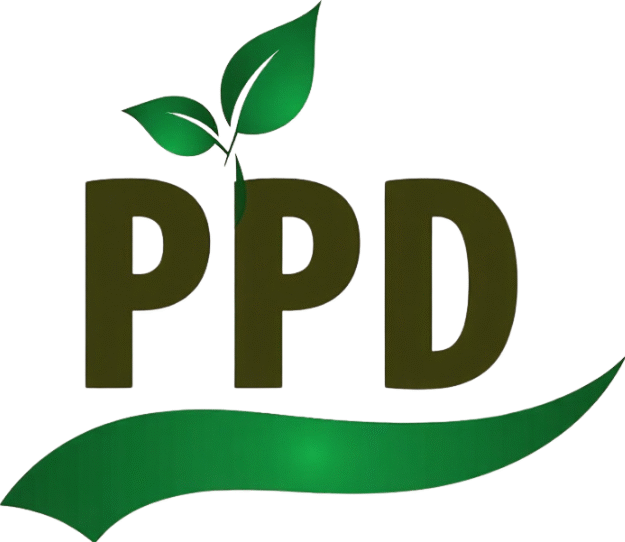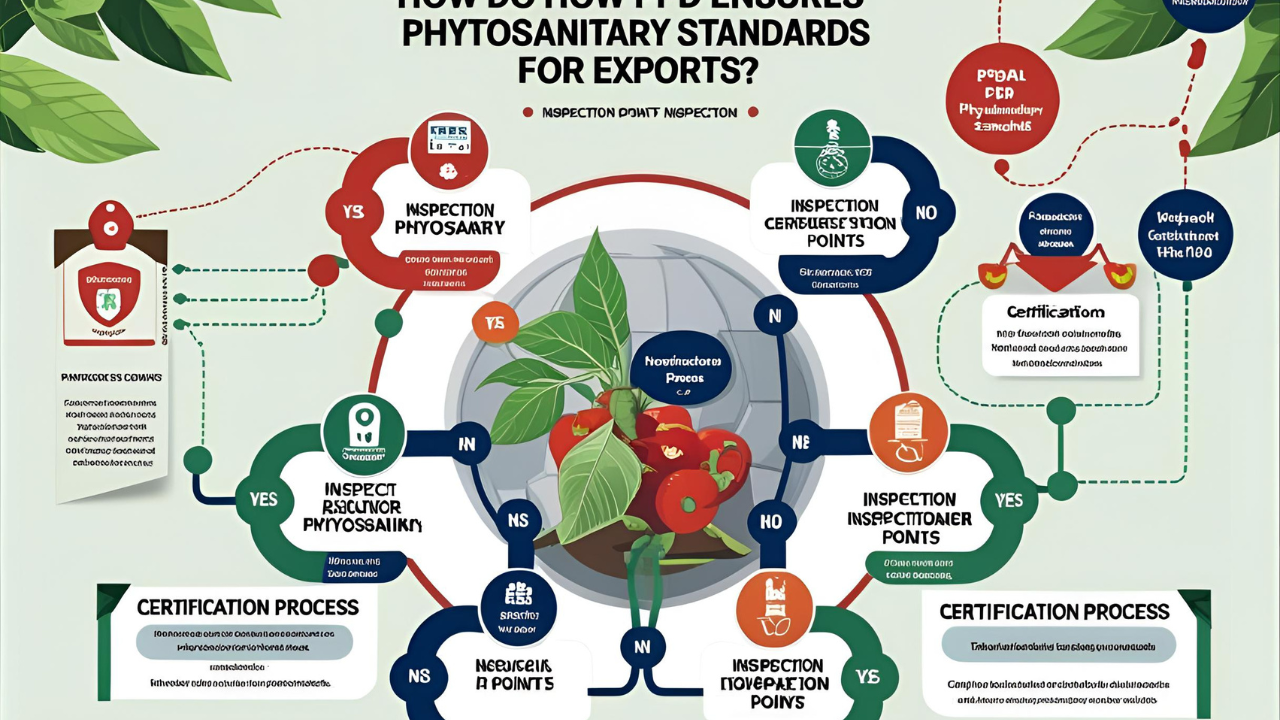
Ensuring the safety and quality of agricultural exports is not just about meeting international standards—it is about securing farmer livelihoods, boosting national revenue, and sustaining Myanmar’s reputation in global markets. The Plant Protection Division (PPD) under the Department of Agriculture has been at the forefront of phytosanitary measures in Myanmar, building resilient systems to prevent the spread of pests and diseases across borders.
This article explores how PPD ensures phytosanitary standards for exports, highlighting regulatory frameworks, technical infrastructure, human capacity, partnerships, and success stories.
The Role of PPD in Phytosanitary Compliance
PPD is the designated National Plant Protection Organization (NPPO) of Myanmar under the International Plant Protection Convention (IPPC). It acts as the competent authority to:
- Inspect and certify agricultural exports
- Monitor quarantine pests
- Issue Phytosanitary Certificates (PCs)
- Maintain pest-free areas (PFAs)
- Coordinate with international partners and regional NPPOs
By following guidelines under the WTO-SPS Agreement and IPPC standards, PPD plays a vital role in ensuring that Myanmar’s exportable plant products meet the requirements of importing countries.
Core Functions Ensuring Phytosanitary Standards
PPD performs a series of coordinated actions to ensure export compliance:
- Inspection and Certification Services
- Trained staff inspect consignments before export.
- PPD ensures that export products are free of quarantine pests.
- Only after compliance is verified, a Phytosanitary Certificate is issued.
- Quarantine Pest Surveillance
- Regular pest surveillance programs are carried out across different agro-ecological zones.
- Data is used for pest risk analysis (PRA) and the maintenance of pest-free areas.
- Pest Risk Analysis (PRA)
- PPD conducts PRAs to evaluate the risk posed by pests associated with specific commodities.
- PRAs guide import/export decisions and help in setting treatment or inspection protocols.
- Post-Entry Quarantine
- Imports are subject to post-entry quarantine to detect any potential pest threats.
- This ensures that Myanmar’s own agriculture remains protected.
- Treatment and Disinfestation Facilities
- PPD coordinates with authorized facilities that perform fumigation, cold treatment, and other disinfestation methods.
National and International Collaborations
PPD works closely with:
- ASEAN NPPOs: To harmonize regional phytosanitary practices
- IPPC Secretariat: For adopting global ISPMs
- Donor Agencies (FAO, STDF, etc.): For technical and financial assistance
- Exporters and Farmer Groups: To raise awareness and build capacity on compliance protocols
Through these collaborations, PPD enhances its institutional capability to handle growing volumes and complex phytosanitary demands.
Digitalization and Infrastructure
Recognizing the need for efficiency, PPD has begun adopting digital tools such as:
- e-Phyto System: Electronic issuance and exchange of Phytosanitary Certificates with other countries
- Database Systems: For pest records, inspection results, treatment logs, and certification history
- GIS-Based Surveillance: To map pest prevalence and identify high-risk zones
Human Resource Development
PPD invests in continuous training of its officers in:
- Phytosanitary inspection
- Pest diagnostics and surveillance
- PRA methodology
- International phytosanitary regulations
Workshops, regional exchanges, and e-learning modules are integral to this capacity-building strategy.
Success Cases of Export Support
Case 1: Mango Export to Korea and Japan
- PPD implemented Vapour Heat Treatment (VHT) facilities and rigorous inspection regimes.
- Result: Steady increase in mango export volumes with zero pest interceptions.
Case 2: Pulses to India
- Surveillance and treatment protocols aligned with Indian requirements.
- Result: Improved bilateral trade flow and reduced trade disruptions.
Case 3: Banana Export to China
- Establishment of pest-free production zones.
- Result: Sustained market access and increased rural incomes.
Challenges and Forward Path
Despite progress, challenges remain:
- Limited number of accredited treatment facilities
- Need for stronger coordination with private sector exporters
- Gaps in laboratory diagnostic capacity
To address these, PPD plans to:
- Expand laboratory and treatment infrastructure
- Accelerate digital transformation
- Strengthen legislative frameworks under the new Plant Pest Quarantine Law
Overview Table: PPD’s Phytosanitary Framework
| Area | Details |
|---|---|
| Regulatory Compliance | IPPC, WTO-SPS, national quarantine laws |
| Key Functions | Inspection, certification, PRA, pest surveillance |
| International Tools Adopted | e-Phyto, ISPM standards, GIS surveillance |
| Capacity Development | National trainings, international workshops, e-learning |
| Collaborations | IPPC, ASEAN NPPOs, FAO, STDF, bilateral trade partners |
| Export Impact Examples | Mango, pulses, banana trade success stories |
Conclusion
The Plant Protection Division of Myanmar stands as a pillar of phytosanitary assurance in the export landscape. Through robust surveillance, inspection, certification, and international engagement, PPD ensures that Myanmar’s plant-based exports are safe, compliant, and competitive. As global trade requirements become more stringent, the division’s adaptive strategies and modernization efforts will be key to sustaining agricultural exports in the years ahead.
Top 3 One-Line FAQs
Q1: What is the role of PPD in Myanmar’s agricultural exports?
A: PPD certifies exports, inspects for pests, and ensures compliance with global phytosanitary standards.
Q2: How does PPD ensure pest-free exports?
A: Through surveillance, inspection, PRA, and treatments like fumigation or heat processing.
Q3: What tools are used for phytosanitary certification in Myanmar?
A: PPD uses the e-Phyto system, GIS mapping, and digital inspection databases.

